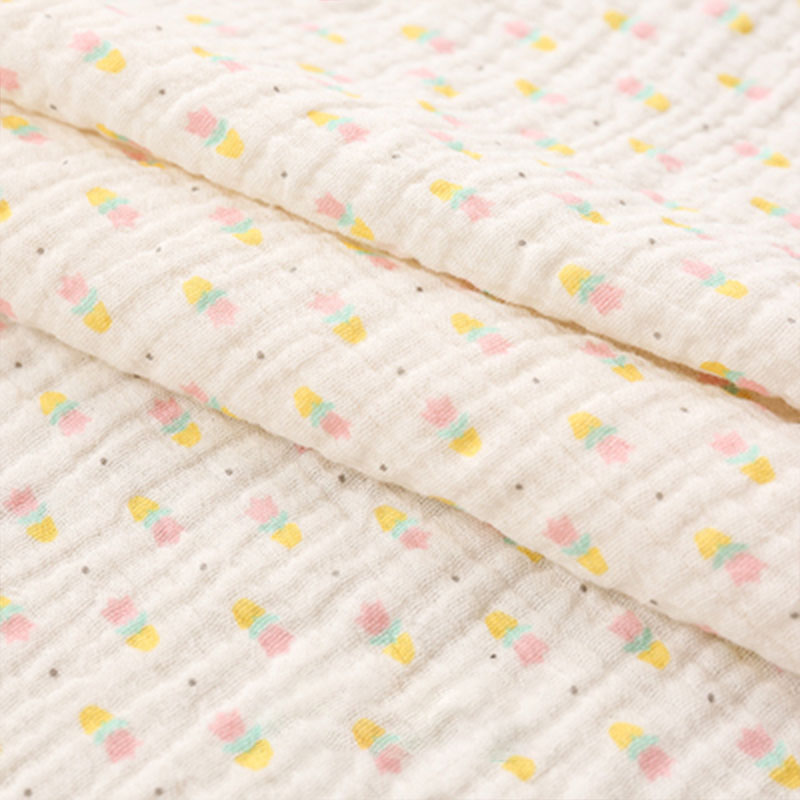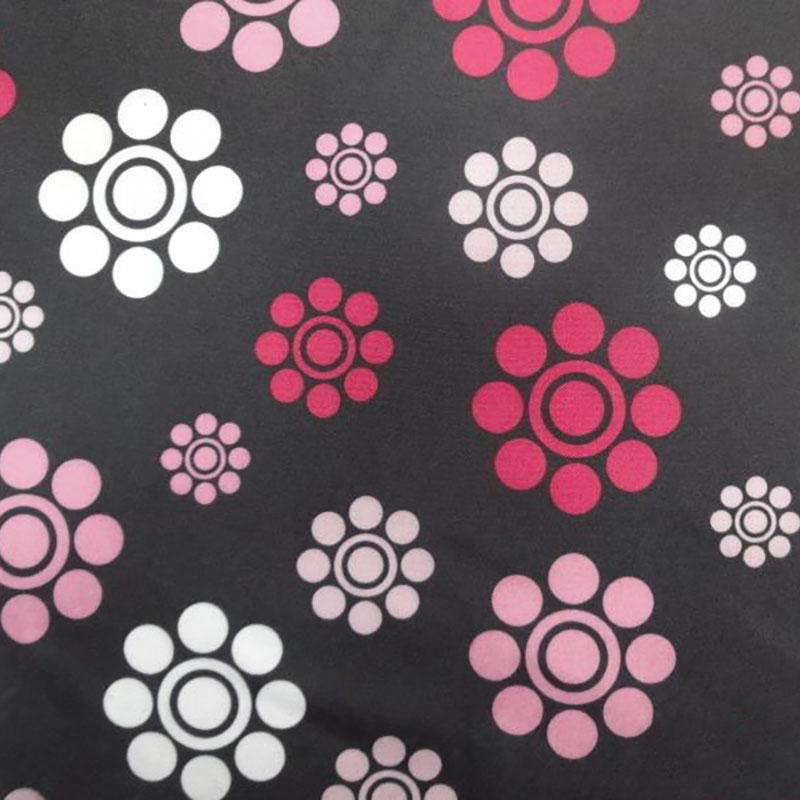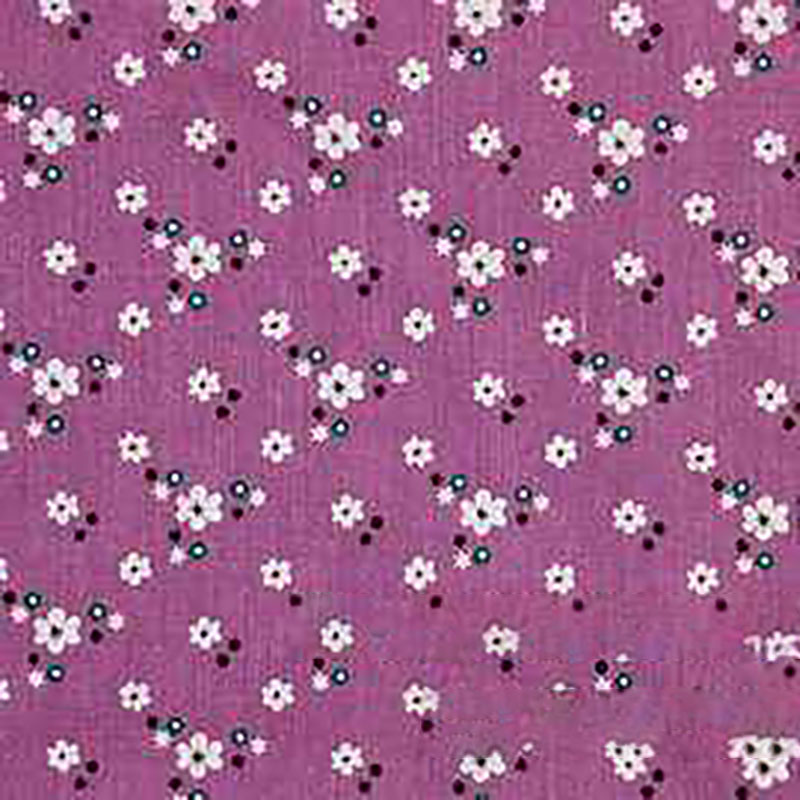In today's rapidly developing textile industry, knitted fabric design faces many creative and challenging situations. As consumers' demands for fashion and functionality continue to increase, designers must find a balance between traditional craftsmanship and modern technology. In this article, I will explore innovative thinking in knitted fabric design and how to meet the challenges of the industry.

Innovation is the core driving force of knitted fabric design. In the process of product development, designers need to combine contemporary fashion trends, market demand and the latest achievements in technological development. By adopting new materials, intelligent production processes and environmental protection concepts, designers can realize more possibilities in their creations. For example, the application of 3D knitting technology not only improves production efficiency, but also brings unique texture and visual effects to fabric design.

However, the road to innovation is not always smooth. Knitted fabric design must face multiple challenges, including the cost of raw materials, the complexity of production processes, and increasingly stringent environmental regulations. In this context, the design team needs to constantly adjust strategies and maintain flexibility to adapt to the ever-changing market atmosphere.

In summary, the creative journey of knitted fabric design is full of challenges and opportunities. Through continuous exploration and practice, designers can not only enhance the competitive advantage of their products, but also find new ways to survive in the tide of globalization and digitalization. Looking to the future, keeping an open mind and the courage to innovate will be the key to success.
